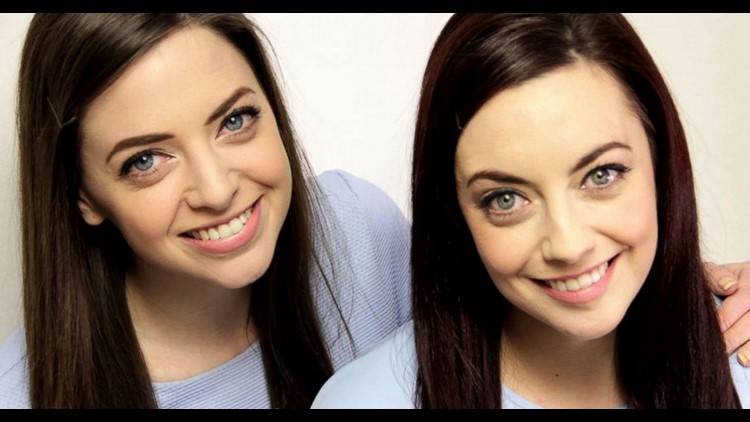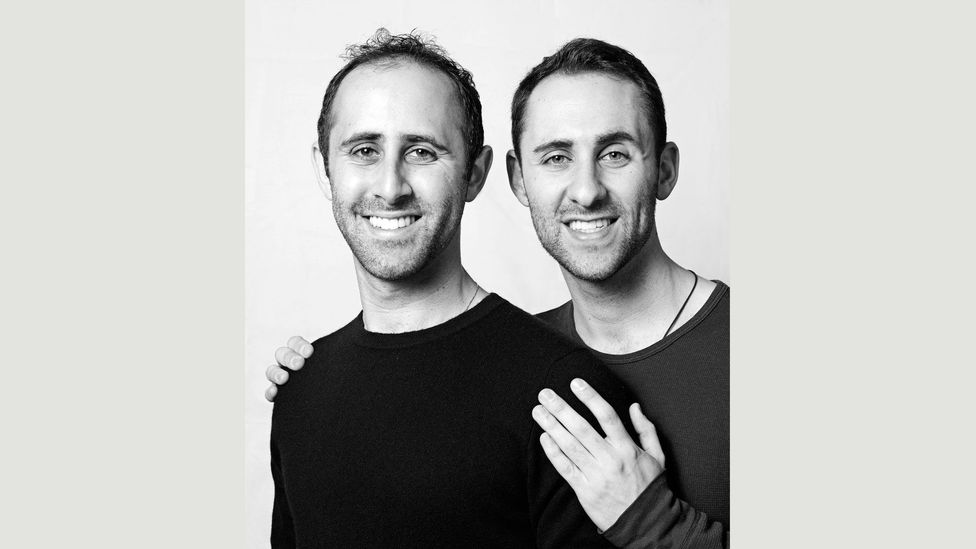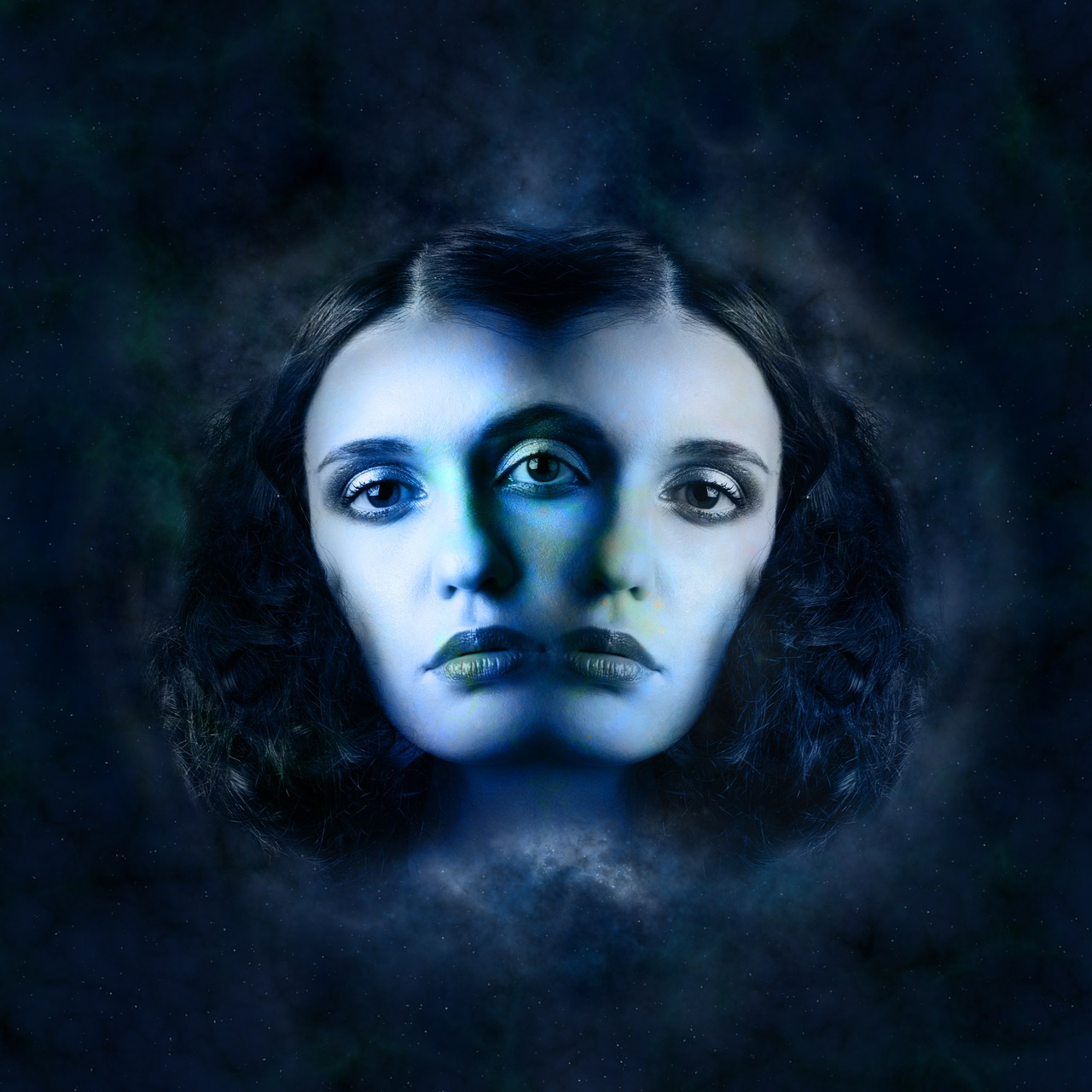
While obviously not everyone has an identical twin, according to experts, it could be true that everyone has a twin that at least looks just like them. We’ve all seen someone we have mistaken for someone else, and many of us have even been mistaken for another person. The theory that everyone has a doppelganger somewhere in the world has been around for a while, but it wasn’t until we started to understand more about human genes and genetics that we learned it could be true.
No one can say it for certain but the notion that everyone out there looks very similar to at least one other person is a definite possibility. Since most of us have the same genetic makeup, it’s highly likely that our face and the rest of our looks could be nearly identical to another person, even if we have never met them. The concept of strangers that look nearly identical has fascinated humans for a long time. Knowing what we know about the human genome does give us evidence that doppelgangers do exist and maybe even for everyone.
Each one of us shares about 99.5% of our genes with every other human. According to Joseph McInerney, executive vice president of the American Society of Human Genetics, that last half a percent really makes a difference in what we look like. There are many genes that factor in to changes in the way we look in that last half a percent, but researchers say they are responsible for our doppelganger if we have one. Although the thought of someone looking exactly like us freaks many people out, the idea of them being a complete stranger and living thousands of miles away is even more shocking.

How total strangers can look like twins
Our genes dictate how we look and genetic make-ups are often passed down. This is why it is common for people who are from the same descendants to look alike. But since there are only so many combinations of genetic variations and a large number of people, scientists say that it’s likely that someone else, somewhere else in the world has the same combination of genes as another person, theoretically making them look like twins.
Some even believe that strangers could have nearly identical DNA, like twins from birth. In depth research has not been completed on the topic, but most experts agree that it is possible that everyone has a doppelganger, maybe even more than one. It seems far fetched and like something out of the movies to find a stranger that looks just like you, but geneticists seem to believe that it is a likely occurrence. One group, Twin Strangers, has set out to prove this is the case and launched a project designed to help total strangers find someone that looks just like them – and so far, they seem to be proving that everyone has a least one twin and maybe more.

Doppelganger is the German word for “double walker.” It is used to describe a person who closely resembles another, usually in a sinister or unsettling way.
The most famous doppelgangers are probably the ones in “Star Trek,” where Captain Kirk encounters his evil doppelganger in one episode and has to fight him. There are also many other movies and TV shows that feature doppelgangers.
Is it true that everyone has a twin?
The answer to this question is yes and no. Everyone has a mirror image, so technically you could say everyone has a twin. But an exact duplicate of yourself is extremely rare. If someone looks exactly like you, it’s probably because they were born on the same day as you — or at least very close to your birthday — and have similar features (hair color, eye color, etc).
Why do some people look alike?
It’s because we’re all made up of the same things: cells, proteins, water… These things all combine in different ways to create different people — but there are certain combinations that produce similar results. So if two people were born at the same time with similar features (hair color, eye color), they may look like twins
Doppelganger is a German word that translates to “double walker” or “double goer.” In folklore, it refers to the apparition of a living person. The word doppelganger originates from German folklore and was brought over to English by Sir Walter Scott in his 1825 collection, Marmion.

A doppelganger is not necessarily evil or malevolent; it can be harmless or even friendly. However, it has been known to portend bad luck and misfortune for those who see it. A doppelganger may also be a harbinger of death.
In some cultures, seeing one’s own doppelganger is considered bad luck or an omen of impending death. In China, for example, if you see your own image out of the corner of your eye while alone, it means someone close to you will soon die; some Chinese people keep mirrors covered while they sleep so they don’t see their own reflection in them at night and thus avoid this curse. In Japan, seeing yourself in a mirror when alone (or with others) can mean someone close to you will die soon; however, if both people see themselves together as well as separately then this means good fortune will follow both
Doppelganger is a German word meaning “double walker.” It’s used to refer to a look-alike or double of a living person. The term can be traced back to the 15th century and was popularized by Johann Wolfgang von Goethe in his novel The Sorrows of Young Werther (1774).
Doppelgangers are commonly believed to be omens of bad luck or even death. However, there are not many documented cases about doppelgangers causing harm to their counterparts.
In fact, some people claim that they have seen their own doppelgangers and lived to tell the tale. This phenomenon is known as bilocation or astral projection but it’s more often than not interpreted as being someone else’s double instead of one’s own spirit.

The belief that everyone has a twin dates back to ancient Egypt where it was believed that every child had a spiritual counterpart who would continue living even after death. It was also believed that when one dies, the other dies at the same time or vice versa depending on who dies first. This idea was carried over into Christianity where it became associated with the concept of original sin — which states that all humans are inherently evil because they were born from Adam and Eve
Doppelgangers, or a look-alike, is a person who resembles another in appearance. In modern times, the term doppelganger is often used to describe a look-alike of someone famous. However, the word actually has its origins in German mythology.
In German folklore, a doppelganger is someone who bears an exact resemblance to another person. The word itself means “double goer” and comes from the Old High German compound word gange, which means “go” and gerihta, which means “twice.”
In many cases, doppelgangers are said to be evil spirits that take the form of someone else. They may also be ghosts or alternate reality versions of someone living in this world.
The concept of doppelgangers has been around for centuries but became popular in Western culture during the 19th century when Franz Kafka wrote about them in his short story titled “A Country Doctor” (1909). In his story, he wrote about two men who were identical twins and how people would mistake one for the other when they were seen together in public.
Yes, it’s true that everyone has a twin. There are more than 7 billion people on Earth, so it’s highly likely that you have someone out there with your exact face.

Why do some people look alike?
While everyone has a twin, not everyone looks like his or her twin. Some twins are very similar in appearance, while others look nothing alike. Twins who are identical tend to look alike because they were conceived from the same egg and share the same DNA — but fraternal twins can also look very similar.
The same is true of non-twin siblings who were born at the same time and raised in the same home: They may or may not look alike depending on whether they share any genes, which ones they share, and what their parents looked like (since those genes will be passed down).
Some people just seem to have “that” face — one that is easy for others to recognize and remember. This usually occurs because of a combination of genetic traits in their face as well as environmental factors such as diet and lifestyle choices (which can affect how we age).
